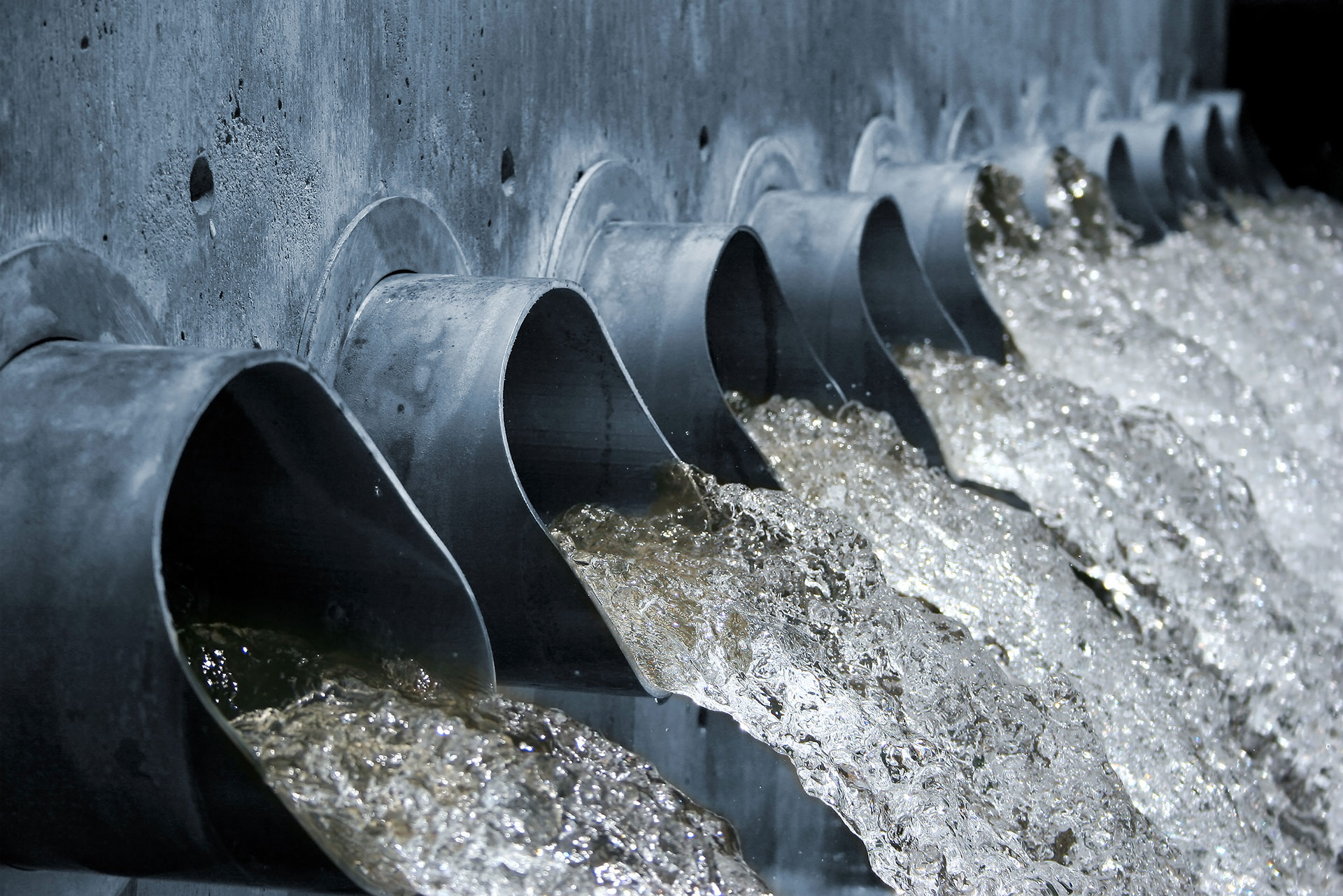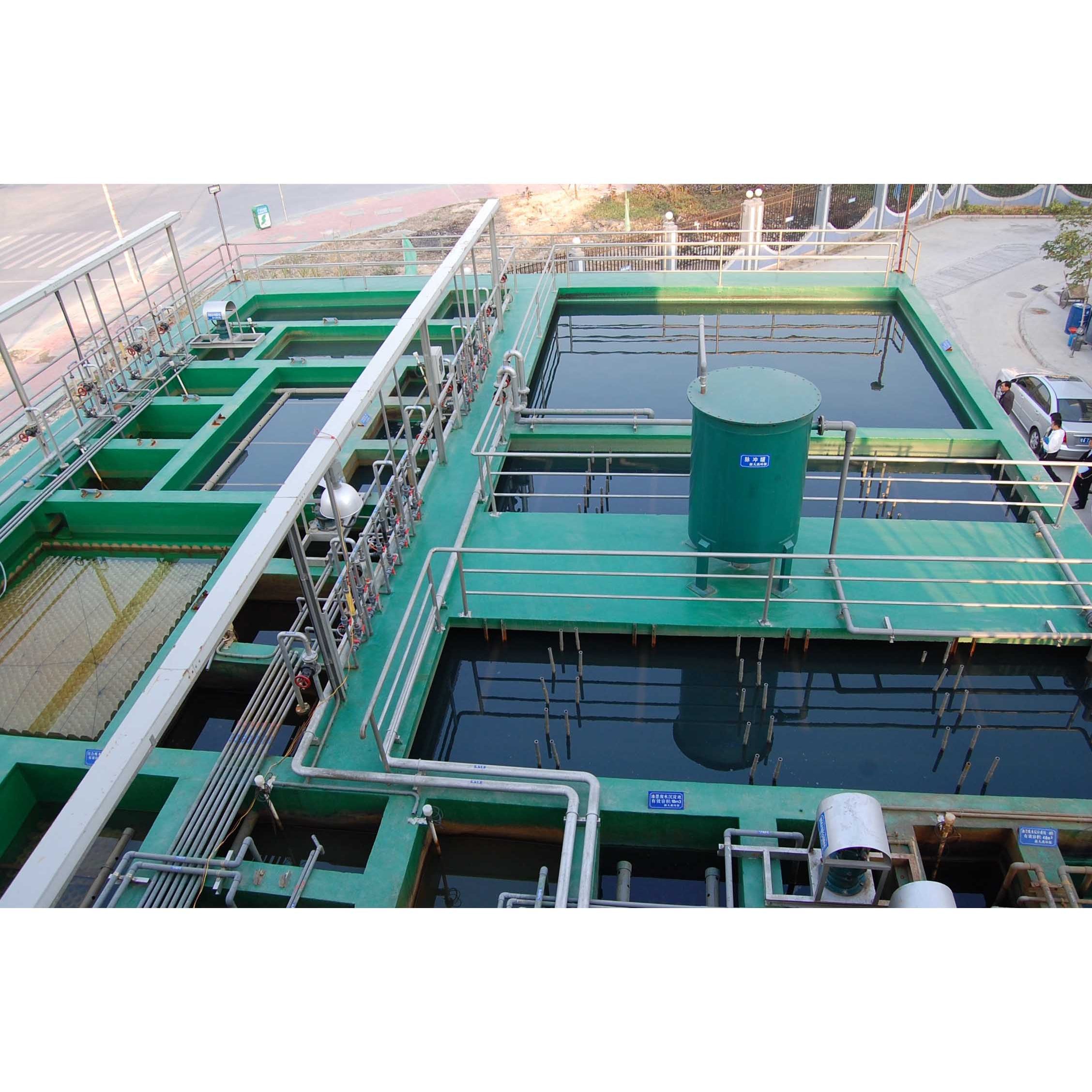Industrial Waste Water Treatment-- Enhance Performance with Personalized Water Treatment Equipments
Advancements and Advancements in Hazardous Waste Water Treatment Technologies
The landscape of commercial wastewater therapy is undertaking a transformative change, driven by technologies that boost both performance and sustainability. As regulatory standards evolve, the integration of AI and machine learning into wastewater monitoring systems assures to make certain and simplify procedures compliance.
Summary of Waste Water Treatment Technologies
Wastewater therapy modern technologies incorporate a series of techniques developed to remove impurities from commercial effluents before their release into the atmosphere. These modern technologies are important for preserving ecological equilibrium and making certain conformity with environmental regulations. The key classifications of wastewater treatment consist of physical, chemical, and organic methods, each offering unique purposes based upon the nature of the pollutants present.

Organic therapy approaches employ bacteria to break down natural issue, making them particularly efficient for organic-rich effluents. Methods like turned on sludge and biofilm activators harness the all-natural degradation capabilities of germs, causing substantial decreases in biochemical oxygen need (FIGURE)
Advanced Filtration Techniques
Advanced filtration techniques represent a vital development in the world of commercial wastewater therapy, improving the effectiveness of pollutant removal processes. Industrial Waste Water Treatment. These techniques include a variety of innovations, including microfiltration, ultrafiltration, nanofiltration, and reverse osmosis, which provide consecutive barriers for various fragment dimensions and chemical frameworks
Microfiltration and ultrafiltration use membrane systems to remove suspended solids, bacteria, and bigger natural molecules, improving the quality of effluent before more therapy. Nanofiltration connects the gap between ultrafiltration and turn around osmosis, successfully eliminating natural substances and divalent ions, therefore decreasing the load on downstream procedures.
Reverse osmosis uses the greatest level of filtration by enabling only water and tiny particles to pass through its semi-permeable membranes, making it excellent for recovering premium water from industrial effluents. Current improvements in membrane modern technology, consisting of the development of even more long lasting and fouling-resistant products, have significantly boosted operational efficiency and minimized costs.
Including these sophisticated filtration methods not only improves the overall therapy process however also adds to sustainability efforts by allowing water reuse and resource healing in commercial settings. (Industrial Waste Water Treatment)
Organic Treatment Technologies

In addition, the advancement of engineered organic systems, such as membrane bioreactors (MBRs), incorporates biological therapy with sophisticated membrane purification. This combination permits greater effluent quality and minimized footprint, making it ideal for space-constrained industrial centers. Developments in genetically crafted bacteria have actually click here now likewise arised, enhancing the biodegradation of details pollutants, such as drugs and heavy steels, that are traditionally testing to remove.
Furthermore, the implementation of bioaugmentation methods, where beneficial microorganisms are introduced to improve the existing organic treatment processes, has actually shown appealing outcomes in improving treatment efficiency. These innovations collectively indicate a trend towards even more sustainable and efficient biological treatment methods that can adjust to the evolving complexities of commercial wastewater streams. As sectors continue to prioritize environmental conformity, these organic innovations will play a vital duty in wastewater management.

Source Healing Methods
In commercial settings, the assimilation of resource recuperation techniques has ended up being increasingly essential for improving sustainability and minimizing waste. These techniques focus on drawing out valuable products and energy from wastewater streams, consequently transforming potential toxins into multiple-use resources.
One noticeable method is vitamins and mineral recovery, where nitrogen and phosphorus, usually present over in wastewater, are captured and converted right into fertilizers. This not only lowers environmental effects yet also supplies a round economy option for farming applications. Additionally, modern technologies such as anaerobic food digestion allow for the conversion of natural waste right into biogas, a renewable energy resource that can counter fossil fuel usage in industrial operations.
Moreover, progressed filtration and membrane innovations promote the recovery of industrial spin-offs such as steels and salts. These recouped products can be reintegrated into production processes, decreasing the requirement for virgin sources.
Future Fads in Drainage Management
As industries increasingly prioritize sustainability, the future of wastewater administration is readied to go through considerable makeovers. Technical innovations, such as expert system and artificial intelligence, will enable more efficient monitoring and management of wastewater systems. These technologies can forecast upkeep demands, maximize therapy processes, and improve decision-making, ultimately decreasing operational prices and ecological effect.
Additionally, the combination of circular economy concepts will certainly play a vital function in wastewater administration. Industries are expected to change in the direction of systems that not only treat wastewater yet additionally recuperate important resources, such as nutrients, water, and power. This change will certainly reduce waste and advertise the reuse of products, aligning with international sustainability objectives.
Arising therapy methods, such as membrane bioreactors and progressed oxidation procedures, will certainly even more enhance the effectiveness of wastewater therapy, permitting better effluents suitable for reuse. Additionally, regulatory structures are likely to advance, highlighting more stringent criteria for wastewater discharge and encouraging industries to embrace innovative therapy services.
Verdict
In final thought, the advancement of commercial wastewater treatment technologies demonstrates a substantial change in the direction of enhanced efficiency and sustainability (Industrial Waste Water Treatment). Advancements in innovative purification strategies, biological treatments, and resource recovery methods highlight the market's commitment to environmental stewardship.
The landscape of commercial wastewater therapy is going through a transformative change, driven by my response advancements that boost both performance and sustainability.Wastewater therapy modern technologies incorporate an array of approaches made to get rid of impurities from commercial effluents prior to their launch right into the atmosphere.Taking advantage of the power of organic processes has led to significant developments in the treatment of commercial wastewater.In addition, the execution of bioaugmentation approaches, where valuable germs are presented to improve the existing biological treatment procedures, has actually shown encouraging outcomes in enhancing treatment performance. These technologies jointly symbolize a pattern towards even more efficient and lasting biological treatment techniques that can adjust to the best site developing complexities of commercial wastewater streams.